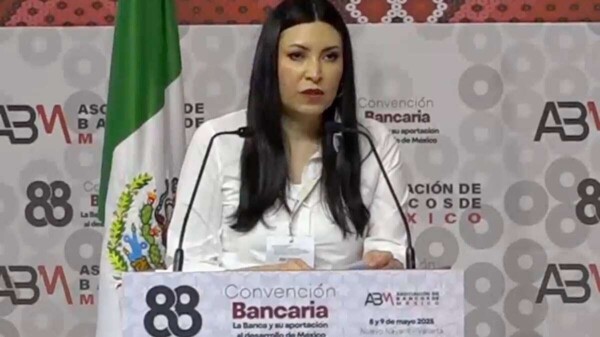In certain circumstances, problems of economic competition do not arise from the conduct of entrepreneurs, but from different legal or structural barriers in the market that prevent or distort competition and free competition in the markets. Tariffs are a barrier that prevents free competition in national and international markets. It is necessary to differentiate between the conduct of a company that inhibits competition and a structure that prevents competition from fully developing.
A high market concentration in an emerging industry, for example, could represent a market structure that constitutes a barrier to entry for new participants. Similarly, high tariffs hinder competition to the detriment of the final consumer. The concept of barriers to entry dates back to the post-World War II era when economists studied industrial organization to understand monopolistic behaviors, observing high market concentrations.
In Mexico, barriers to entry in competition are related to the economic growth model of the 20th century, such as the IVSI model that protected local industry through high tariffs. Although this model has been dismantled since the eighties, the threat of a tariff war posed by Trump revives past fears. According to empirical research, barriers to entry can distort the efficient allocation of resources in an industry.
It is the task of the Mexican economic competition authority to establish when a barrier to entry arises from the natural market structure and dismantle those that prevent the efficient functioning of markets. Removing barriers such as tariffs allows for the normalization of prices, improving quality, increasing investment, and production in the market. For example, the opening of markets like Uber can reduce barriers and increase competition, benefiting consumers and improving social welfare.














